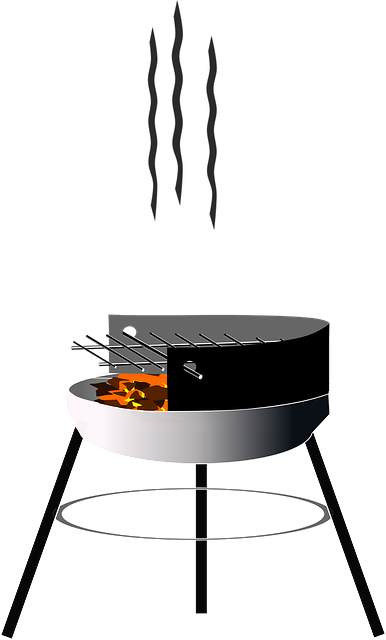Athletic recovery is crucial for enhancing future performance after intense training or competition. While traditional methods are foundational, athletes pushing limits may benefit from natural alternatives like Red Bali and Maeng Da Kratom strains. Red Bali's higher 7-Hydroxymitragynine content offers anti-inflammatory and analgesic effects for muscle soreness, while Maeng Da provides faster pain management and increased alertness due to higher mitragynine levels. Tailoring kratom regimens based on these chemical differences supports optimal performance and swift recovery. Athletic recovery coaches can educate athletes on the benefits of Red Bali and Maeng Da, creating personalized plans that combine stretching with specific strains for enhanced focus and soreness management.
In the pursuit of peak athletic performance, optimizing recovery is key. This article explores an innovative approach using kratom coaching for accelerated healing. We delve into the science behind Red Bali and Maeng Da kratom strains, examining their unique properties in enhancing post-workout recovery. Understanding common challenges athletes face, we present strategies for integrating these natural remedies into training regimens, offering a holistic path to faster, more efficient recovery without relying solely on traditional methods.
- Understanding Athletic Recovery and Its Challenges
- Red Bali Kratom vs Maeng Da: Exploring the Science Behind These Strains
- Integrating Kratom into Athletic Recovery Coaching Strategies
Understanding Athletic Recovery and Its Challenges

Athletic recovery is a complex process that involves restoring both physical and mental well-being after intense training or competition. For athletes, the goal is to minimize pain, reduce inflammation, and speed up muscle repair to ensure optimal performance in future activities. However, navigating this journey can be challenging due to various factors—from post-workout muscle soreness to managing stress and ensuring adequate sleep.
Traditional recovery methods often include rest, stretching, massage, and proper nutrition. Yet, for many athletes pushing themselves to the limit, these techniques may not be enough. This is where kratom coaching steps in as a potential game-changer. Comparisons between popular strains like Red Bali Kratom and Maeng Da Kratom have shown unique effects on pain relief and relaxation, offering a natural alternative to support athletic recovery.
Red Bali Kratom vs Maeng Da: Exploring the Science Behind These Strains

Red Bali Kratom and Maeng Da are two popular strains known for their distinct properties, often sought after by athletes for recovery purposes. Red Bali, with its soothing red-hued appearance, is rich in 7-Hydroxymitragynine (7-O-M), a potent compound believed to have anti-inflammatory and analgesic effects. This makes it a preferred choice for managing muscle soreness post-workout or after intense training sessions. On the other hand, Maeng Da, known for its vibrant green color, contains higher levels of mitragynine, which may contribute to its reputation as a more energizing and stimulating strain.
Scientific studies suggest that these differences in chemical composition lead to varied effects on the body. While Red Bali’s lower mitragynine content might make it gentler and better suited for relaxation and pain relief, Maeng Da’s higher concentration could offer faster acting pain management and increased alertness. For athletes focused on recovery, understanding these nuances can help tailor their kratom coaching regimen to specific needs, ensuring optimal performance and a swift return to training.
Integrating Kratom into Athletic Recovery Coaching Strategies

In the realm of athletic recovery coaching, integrating natural remedies like Kratom offers innovative strategies for athletes looking to optimize their post-workout routines. Among various Kratom strains, Red Bali and Maeng Da stand out for their unique properties. Red Bali Kratom is renowned for its calming effects, promoting relaxation and better sleep quality, which are crucial for muscle repair and reducing inflammation. On the other hand, Maeng Da kratom is known for its potent pain-relieving properties, making it effective in managing acute and chronic athletic injuries.
Coaching sessions can incorporate education on these strains’ benefits, tailoring recovery plans to individual athlete needs. For instance, post-training sessions focused on stretching and mobility exercises can be paired with Red Bali to ease muscle tension and enhance mental focus. Alternatively, Maeng Da can be integrated into active recovery days, aiding in managing soreness and supporting a swift return to training. This holistic approach leverages the power of Kratom alongside traditional coaching methods, ensuring athletes recover optimally and perform at their best.
In optimizing athletic recovery, understanding the science behind different kratom strains like Red Bali and Maeng Da is key. These natural alternatives offer potential benefits for coaches looking to enhance their athletes’ post-workout routines. By integrating kratom into coaching strategies, professionals can provide a holistic approach to recovery, addressing both physical and mental aspects crucial for performance improvement. Choosing the right strain, such as Red Bali’s calming properties or Maeng Da’s potent pain-relieving effects, can significantly impact an athlete’s overall well-being.














